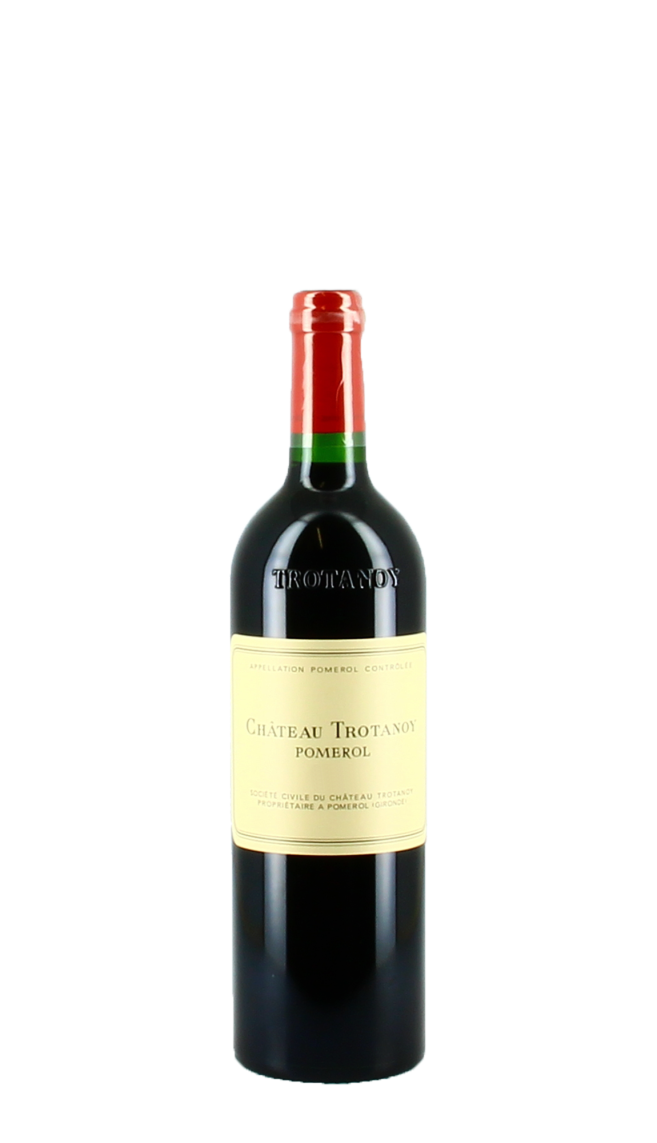Château Trotanoy is a revered icon of the Pomerol appellation, on Bordeaux's Right Bank. Recognized as one of Pomerol's finest growths since the 18th century, the name "Trotanoy" means "too much trouble" or "too much pain," reflecting the demanding nature of cultivating its dense clay and gravel soils. This difficulty necessitates intensive and meticulous viticulture, encouraging the vines to root deeply for low yields but superior quality.
The acquisition of the estate in 1953 by Jean-Pierre Moueix was a pivotal moment, significantly shaping the reputation of Pomerol wines. Christian Moueix, who took over management in 1991, played a decisive role in the continuous improvement of quality. Today, Édouard Moueix, representing the third generation, perpetuates this legacy, ensuring a consistent and long-term winemaking philosophy. This uninterrupted family management is a guarantee of quality for consumers.
Trotanoy's 7.2-hectare vineyard is strategically located on the western side of the Pomerol plateau. The soil is a dense blend of gravel at higher elevations and clay on the lower slopes, with a subsoil of red gravel and an impermeable layer of "crasse de fer." This geological diversity imparts power, depth, and complexity to the wine. The "crasse de fer" is a key element of Pomerol's most prestigious terroirs.
Merlot is the dominant grape variety (approximately 90%), complemented by Cabernet Franc (approximately 10%). Recent vintages have shown adaptation, with 96% Merlot and 4% Cabernet Sauvignon in 2022, and 100% Merlot in 2023, reflecting a nuanced approach to climatic challenges.
Winemaking begins with rigorous practices in the vineyard, including severe pruning, deep plowing, crop thinning, and leaf removal. Harvesting is entirely manual, followed by a double sorting (manual and optical). Fermentation takes place in small thermo-regulated concrete and stainless steel vats, allowing for gentle and controlled extraction.
The wine is then aged for 16 to 18 months in French oak barrels, 50% of which are new, to add complexity without masking the fruit. The wine is generally bottled without filtration. This meticulousness allows the wine to fully express its terroir and achieve its singular concentration.
Trotanoy wines display a deep color, ranging from purple-ruby to black-ruby. The nose is dense and complex, with aromas of black plum, black cherries, raspberries, truffles, damp earth, chocolate, and floral notes.
On the palate, the wine is full-bodied, rich, and supple, with a creamy and velvety texture. It offers concentrated layers of black fruits, with a "singular concentration of flavor" due to its very old vines. The tannins are firm yet ripe and silky, providing a powerful and balanced structure. The finish is remarkably long and persistent. Trotanoy is described as "powerful, concentrated, full-bodied" but also "elegant," "refined," and "harmonious."
The wine possesses exceptional aging potential, capable of evolving gracefully for 40 to 50 years, or even more, in the best vintages. It generally requires at least a decade of bottle aging to fully express its character.

![]()
![]()
![]()
![]()

